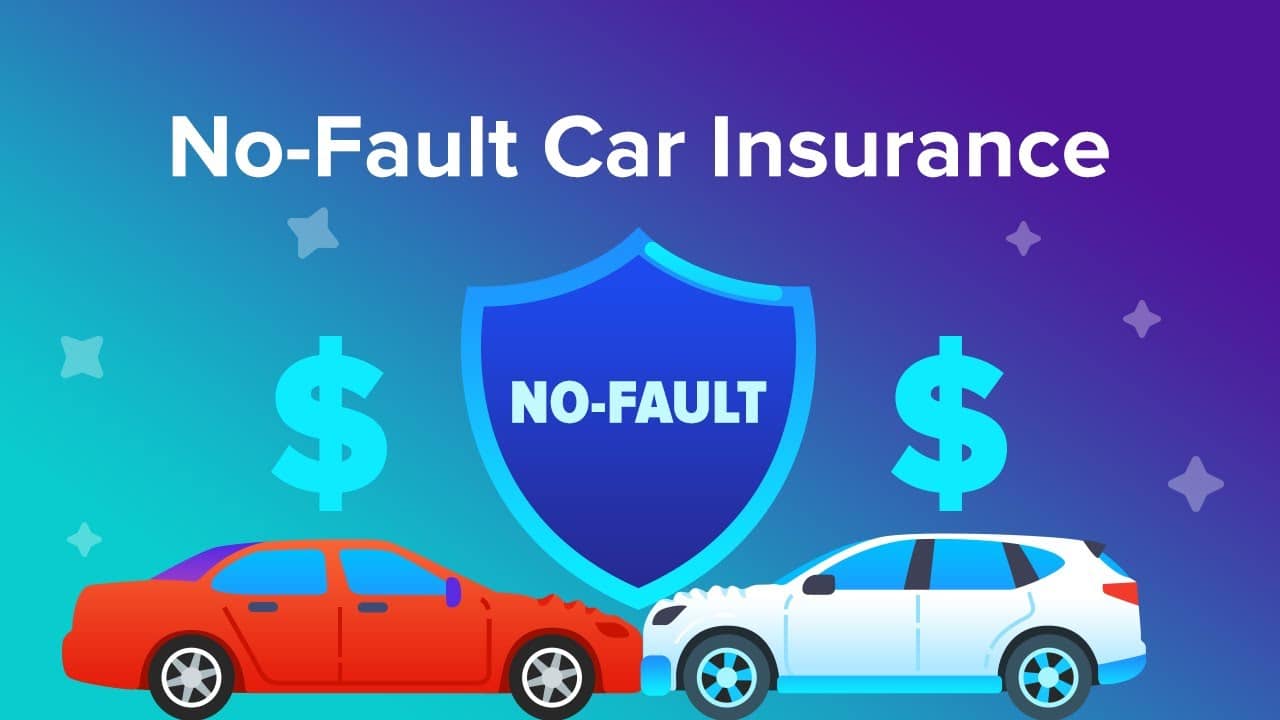
Car accidents happen fast, and the aftermath can be confusing. At Salenger, Sack, Kimmel & Bavaro, LLP, we know how overwhelming it can be to figure out what steps to take and which insurance will cover the costs. Here’s a quick guide to help you understand what to do right after an accident and navigate the often complicated insurance landscape under New York law.
Your priority should always be safety. Check yourself and others for injuries and call 911 if anyone is hurt. In New York, you’re legally required to report an accident to the police if there are injuries, deaths, or significant property damage. If possible, move your vehicle to a safe spot to prevent further collisions but stay close to the scene. (NYS DMV Accident Report Form)
Start by exchanging information with the other driver(s). Get names, phone numbers, addresses, driver’s license numbers, and insurance details. Use your phone to take photos of the scene, the vehicles involved, and any visible injuries. This documentation can be crucial for your insurance claim and any potential legal action.
New York is a “no-fault” insurance state, which means your own insurance company covers your medical expenses, lost wages, and other reasonable costs, regardless of who was at fault. Report the accident to your insurance company as soon as possible to start the claim process. Be clear and honest when describing what happened; your insurer will guide you through the next steps.
New York is one of several states with a no-fault car insurance system, which affects how you handle insurance claims after an accident.
Under New York’s no-fault system, all drivers are required to carry Personal Injury Protection (PIP) and Medical Payments (MedPay) insurance in certain minimum amounts. These policies automatically cover certain losses, or “damages,” regardless of fault. Here’s what no-fault insurance includes:
No-fault insurance coverage extends beyond just the driver—it also covers vehicle passengers, bicyclists, and pedestrians injured in an accident.
If you’re injured in a car accident, you can file a PIP or MedPay claim with your auto insurance provider without needing to prove that the other party was at fault. However, it’s important to understand that no-fault insurance has its limitations:
New York’s no-fault laws are designed to streamline claims for minor injuries, but if your injuries meet the state’s “serious injury” threshold, you can step outside the no-fault system and file a lawsuit against the at-fault driver. Serious injuries include:
By stepping outside the no-fault system, you can seek compensation for both economic and non-economic damages, such as pain and suffering.
In addition to no-fault insurance, It is strongly recommended to have Supplementary Uninsured/Underinsured Motorist (SUM) coverage. SUM coverage provides additional protection if you’re involved in an accident with a driver who either doesn’t have insurance or has insufficient coverage to fully compensate you for your injuries and damages.
At Salenger, Sack, Kimmel & Bavaro, our attorneys have extensive experience handling car accident cases throughout New York.
Contact us for a FREE consultation—we’re here to help you every step of the way.